Forums
- Forums
- Duggy's Reference Hangar
- Luftwaffe Library
- Heinkel He 59
Heinkel He 59
Post a reply
- Go to Previous topic
- Go to Next topic
- Go to Welcome
- Go to Introduce Yourself
- Go to General Discussion
- Go to Screenshots, Images and Videos
- Go to Off topic
- Go to Works in Progress
- Go to Skinning Tips / Tutorials
- Go to Skin Requests
- Go to IJAAF Library
- Go to Luftwaffe Library
- Go to RAF Library
- Go to USAAF / USN Library
- Go to Misc Library
- Go to The Ops Room
- Go to Made in Germany
- Go to Campaigns and Missions
- Go to Works in Progress
- Go to Juri's Air-Raid Shelter
- Go to Campaigns and Missions
- Go to Works in Progress
- Go to Skinpacks
- Go to External Projects Discussion
- Go to Books & Resources
-
9 years agoSat Jul 29 2023, 09:27amDuggy
 Main AdminThe Heinkel He 59 was a German biplane designed in 1930 resulting from a requirement for a torpedo bomber and reconnaissance aircraft able to operate with equal facility on wheeled landing gear or twin-floats.
Main AdminThe Heinkel He 59 was a German biplane designed in 1930 resulting from a requirement for a torpedo bomber and reconnaissance aircraft able to operate with equal facility on wheeled landing gear or twin-floats.
Development
In 1930, Ernst Heinkel began developing an aircraft for the Reichsmarine. To conceal the true military intentions, the aircraft was officially a civil aircraft. The He 59B landplane prototype was the first to fly, an event that took place in September 1931, but it was the He 59A floatplane prototype that paved the way for the He 59B initial production model, of which 142 were delivered in three variants. The Heinkel He 59 was a pleasant aircraft to fly; deficiencies noted were the weak engine, the limited range, the small load capability and insufficient armament.
The aircraft was of a mixed-material construction. The wings were made of a two-beam wooden frame, where the front was covered with plywood and the rest of the wing was covered with fabric. The box-shaped fuselage had a fabric-covered steel frame. The tail section was covered with lightweight metal sheets.
The keels of the floats were used as fuel tanks - each one holding 900 L (238 US gal) of fuel. Together with the internal fuel tank, the aircraft could hold a total of 2,700 L (713 US gal) of fuel. Two fuel tanks could also be placed in the bomb bay, bringing the total fuel capacity up to 3,200 L (845 US gal). The propeller was fixed-pitch with four blades.
During the first months of World War II, the He 59 was used as a torpedo- and minelaying aircraft. Between 1940 and 1941 the aircraft was used as a reconnaissance aircraft, and in 1941-42 as a transport, air-sea rescue, and training aircraft. The trainer models survived slightly longer in service than operational models, but all had been retired or destroyed by 1944. Some aircraft were operated by the Condor Legion in Spain during the Spanish Civil War in 1936 as coastal reconnaissance and torpedo floatplanes.
In 1935, Lieutenant Colonel Konrad Goltz of the Luftwaffe, a supply officer based at the port of Kiel, was given the task of organizing the Seenotdienst, an air-sea rescue organization that would focus on the North Sea and the Baltic Sea. Goltz gained coordination with aircraft units of the Kriegsmarine as well as with civilian lifeboat societies and the German Maritime Search and Rescue Service (DGzRS, or "Deutsche Gesellschaft zur Rettung Schiffbr?chiger"). He held administrative command over the Ships and Boats Group which was organized at Kiel within the Luftwaffe. Goltz was to operate the Seenotdienst as a civilian organization manned by both military and civilian personnel, with civil registrations applied to the aircraft.
Early in 1939, with the growing probability of war against Great Britain, the Luftwaffe carried out large-scale rescue exercises over water. Land-based German bombers used for search duties proved inadequate in range, so bomber air bases were constructed along the coast to facilitate an air net over the Baltic and North seas. Following this, the Luftwaffe determined to procure a purpose-built air-sea rescue seaplane, choosing the Heinkel He 59, a twin-engine biplane with floats. A total of 14 He 59s of the oldest models were sent to be fitted with first aid equipment, electrically heated sleeping bags, artificial respiration equipment, a floor hatch with a telescoping ladder to reach the water, a hoist, signaling devices, and lockers to hold all the gear. The Heinkel He 59s were painted white with red crosses to indicate emergency services. A varied collection of small surface craft were placed under the command of the air-sea rescue division.
World War II
The first multiple air-sea rescue operation occurred on December 18, 1939. A group of 24 British Vickers Wellington medium bombers were frustrated by low clouds and fog in their mission to bomb Wilhelmshaven, and they turned for home. The formation attracted the energetic attention of Luftwaffe pilots flying Bf 109 fighter aircraft as well as Bf 110 heavy fighters, and more than half of the Wellingtons went down in the North Sea. German Seenotdienst rescue boats based at H?rnum worked with He 59s to save some twenty British airmen from the icy water.
In 1940 as the German advance moved to occupy Denmark and Norway, the Seenotdienst added bases along the coasts of those countries.A squadron of obsolescent Dornier Do 18s that had been used for sea reconnaissance was assigned to air-sea rescue. Some of the Heinkels that had been flying out of the island of Sylt were transferred to Aalborg in northern Denmark. The two bases in Norway were located at Stavanger and Bergen. In many cases local rescue societies cooperated with the Seenotdienst.
When the Netherlands and France fell to the German advance in May and June 1940, more rescue bases were put into operation. The Hague and Schellingwoude became rescue bases in the Netherlands, and Boulogne and Cherbourg in France hosted rescue units that were soon to be active during the Battle of Britain. The Seenotdienst was taken formally into the Luftwaffe in July 1940, becoming Luftwaffeninspektion 16 (German Air Force Inspectorate 16) under the direction of Generalleutnant Hans-Georg von Seidel, the Quartermaster General of the Luftwaffe, and thus indirectly under General der Flieger Hans Jeschonnek, the Chief of the Luftwaffe General Staff.
Dutch rescue craft belonging to the Noord- en zuid-Hollandsche Redding Maatschappij (NZHRM, translated North and South Royal Netherlands Sea Rescue Institution) and the Zuid-Hollandsche Maatschappij tot Redding van Schipbreukelingen (ZHMRS) were incorporated into the Seenotdienst during the occupation of the Netherlands. The fast motor life boats were painted white with red crosses, though twice the boats were strafed by Allied aircraft.Civilian boatmen enjoyed good relations with German authorities. Between 1940 and 1945, the Dutch boats saved some 1,100 seamen and airmen. Near the end of the occupation some local boat commanders defied the Nazi regime, and three Dutch lifeboats escaped across the Channel, one carrying 40 Jews to sanctuary in England.
In response to the heavy toll of German air action against Great Britain July?August 1940, Adolf Galland recommended that German pilots in trouble over the ocean make an emergency water landing in their aircraft instead of bailing out and parachuting down. The aircraft each carried an inflatable rubber raft which would help the airmen avoid hypothermia from continued immersion in the cold water, and increase the time available for rescue. By comparison, British fighters such the Supermarine Spitfire and the Hawker Hurricane did not carry inflatable rafts, only life jackets which were little help against the cold.
In July 1940, a white-painted He 59 operating near Deal, Kent was shot down and the crew taken captive because it was sharing the air with 12 Bf 109 fighters and because the British were wary of Luftwaffe aircraft dropping spies and saboteurs. The German pilot's log showed that he had noted the position and direction of British convoys?British officials determined that this constituted military reconnaissance, not rescue work. The Air Ministry issued Bulletin 1254 indicating that all enemy air-sea rescue aircraft were to be destroyed if encountered. Winston Churchill later wrote "We did not recognise this means of rescuing enemy pilots who had been shot down in action, in order that they might come and bomb our civil population again." Germany protested this order on the grounds that rescue aircraft were part of the Geneva Convention agreement stipulating that belligerents must respect each other's "mobile sanitary formations" such as field ambulances and hospital ships. Churchill argued that rescue aircraft were not anticipated by the treaty, and were not covered.British attacks on He 59s increased. The Seenotdienst ordered the rescue aircraft armed as well as painted in the camouflage scheme of their area of operation. The use of civil registration and red cross markings was abandoned. A Seenotdienst gunner shot down an attacking No. 43 Squadron RAF Hurricane fighter on July 20. Rescue flights were to be protected by fighter aircraft when possible.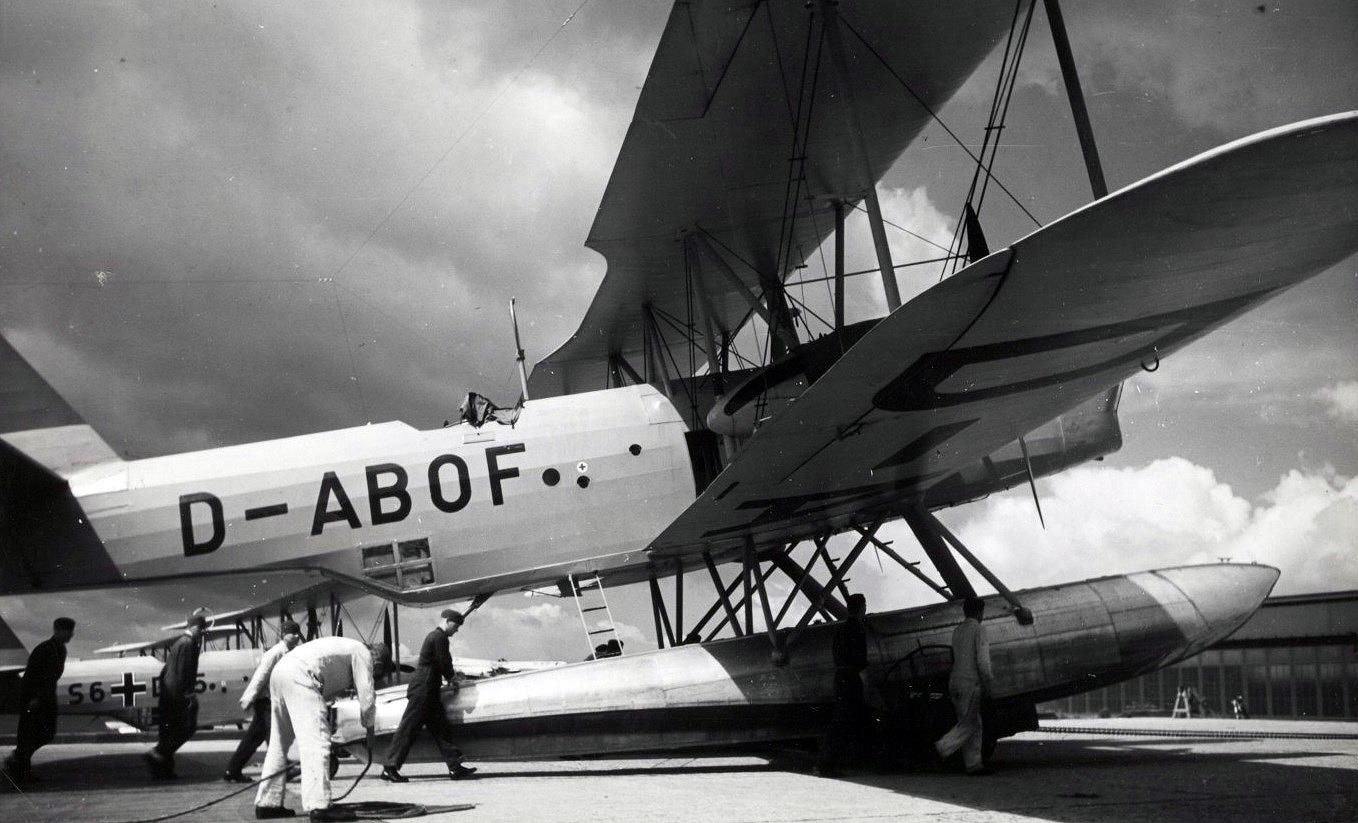
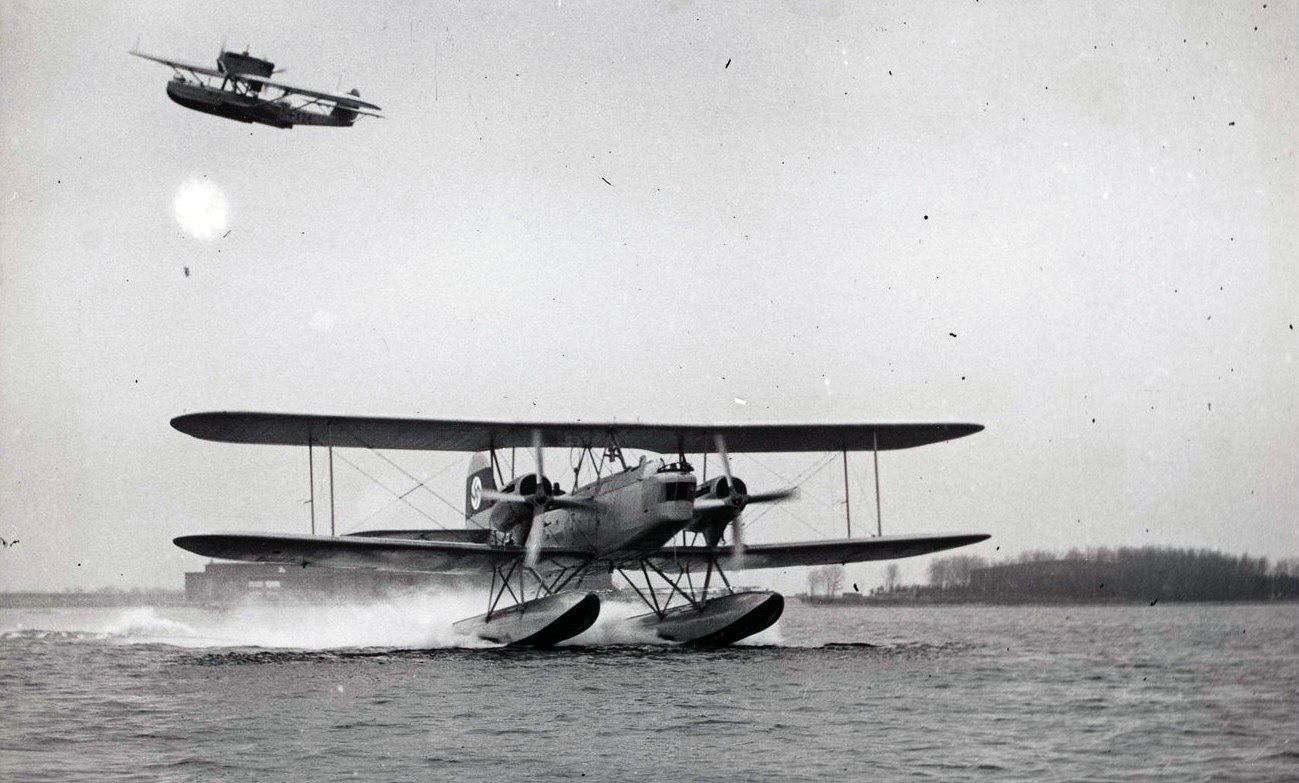
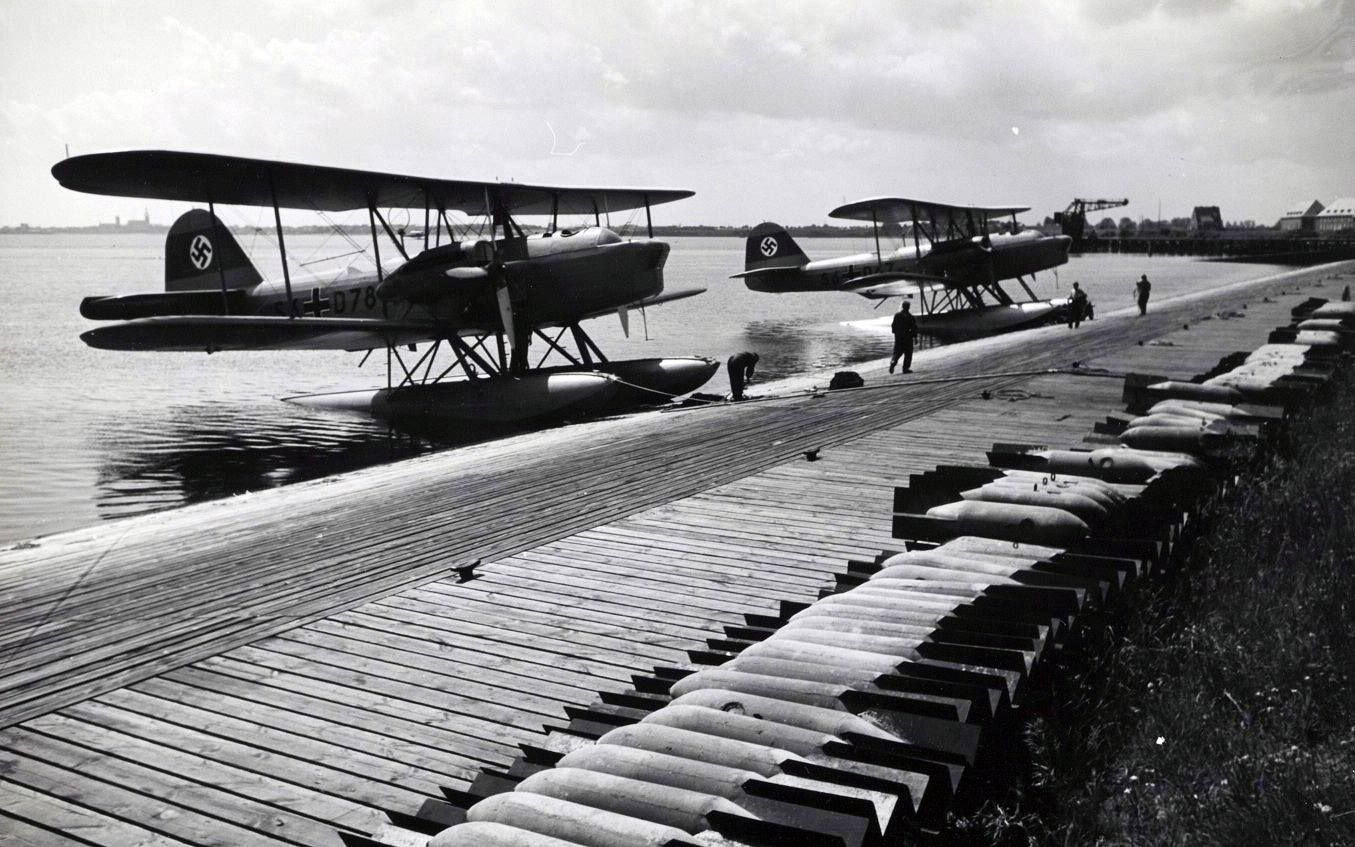
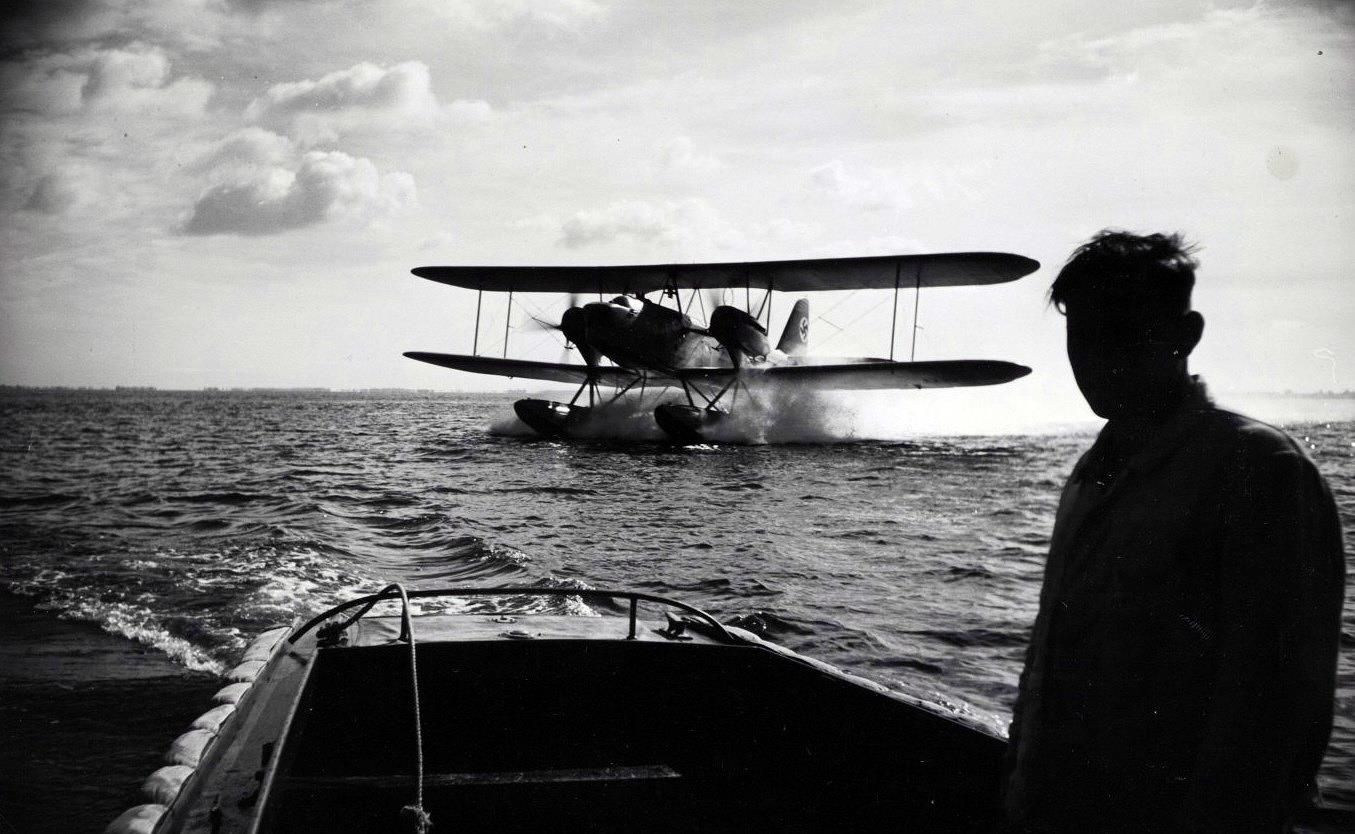

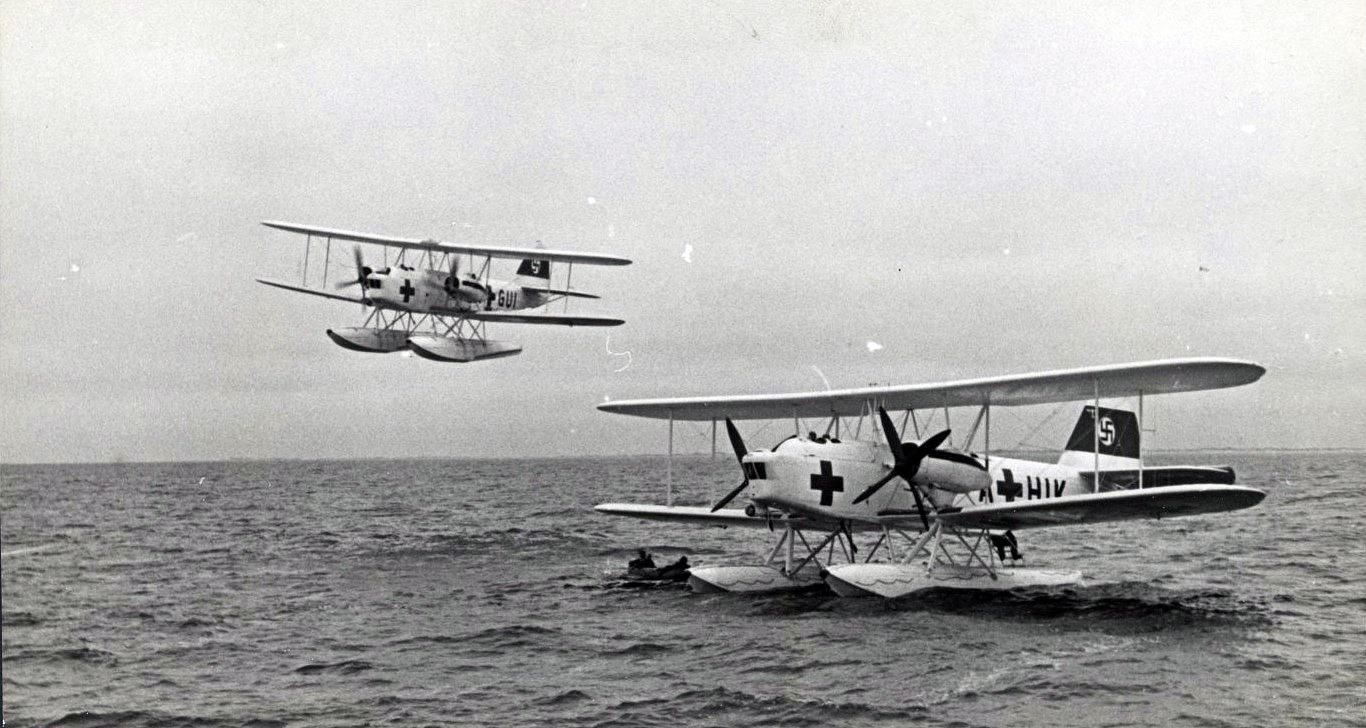
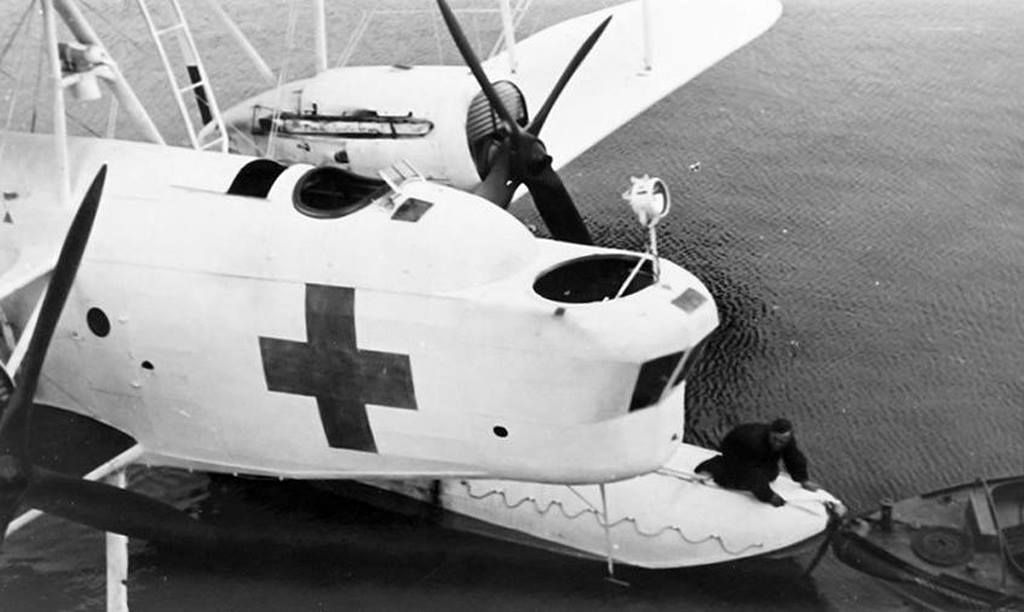
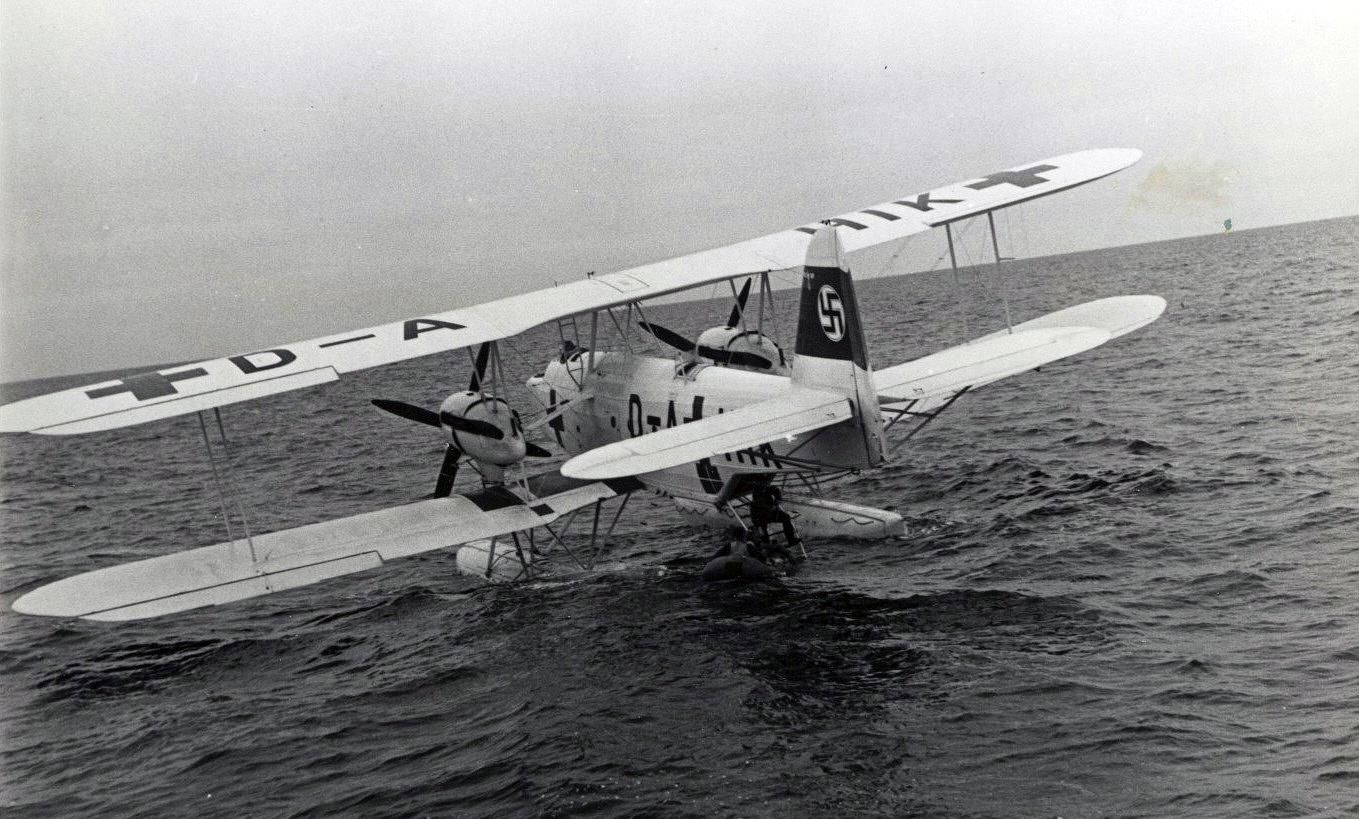
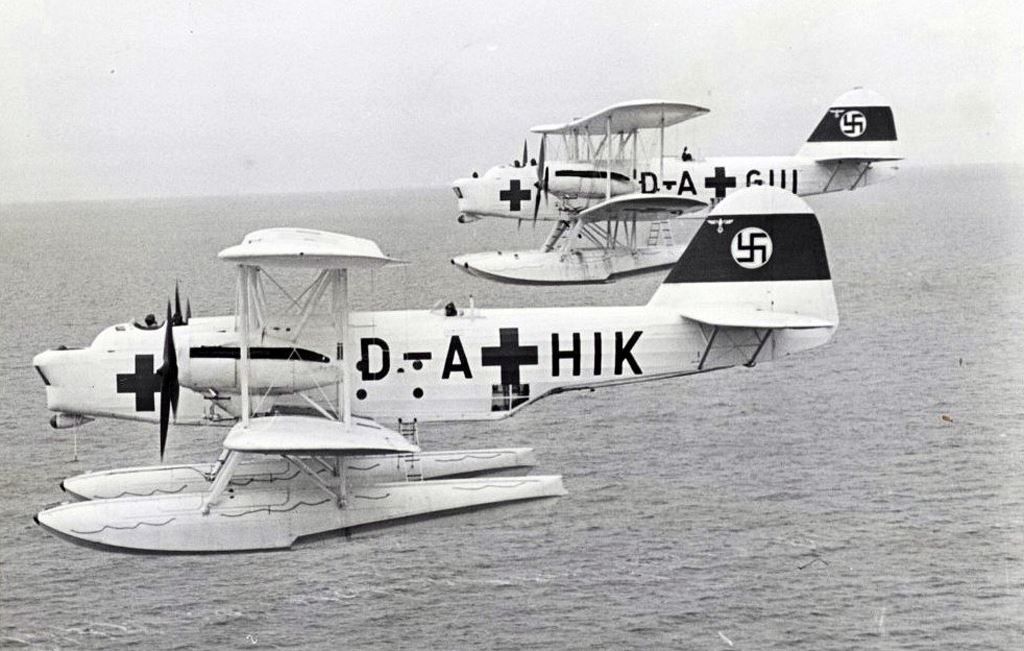
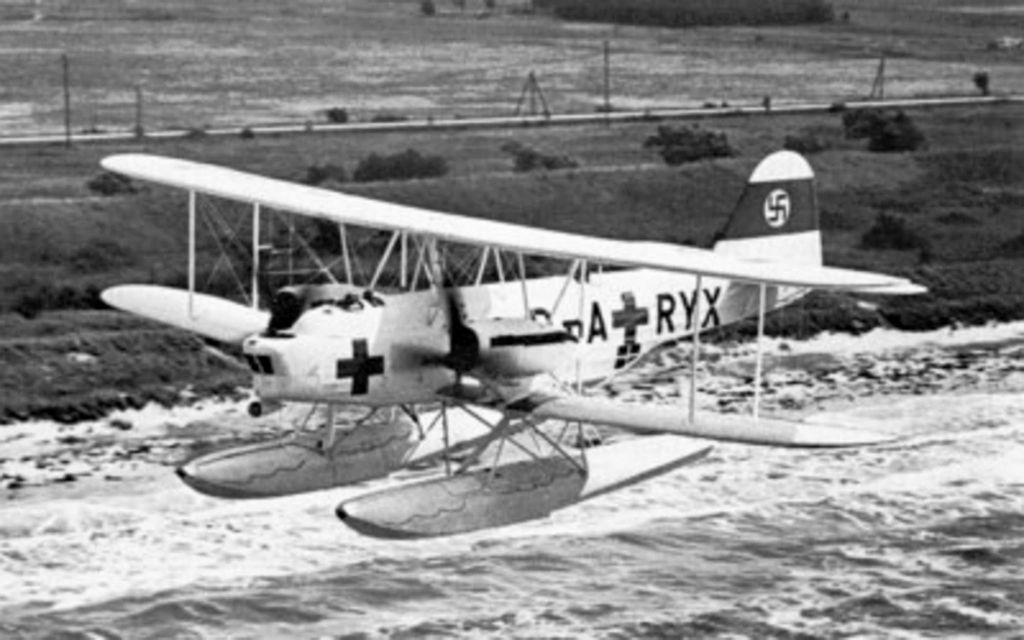
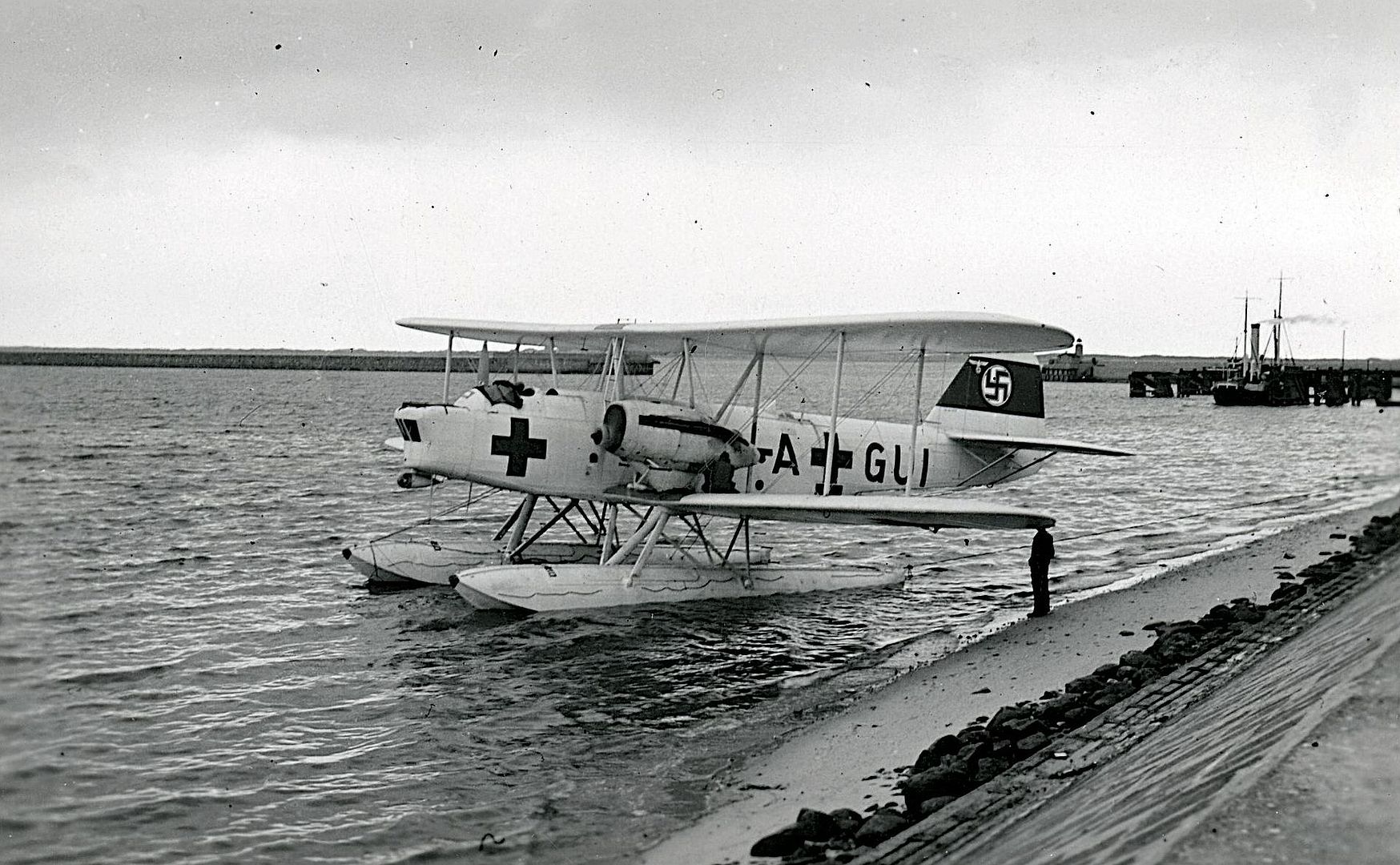
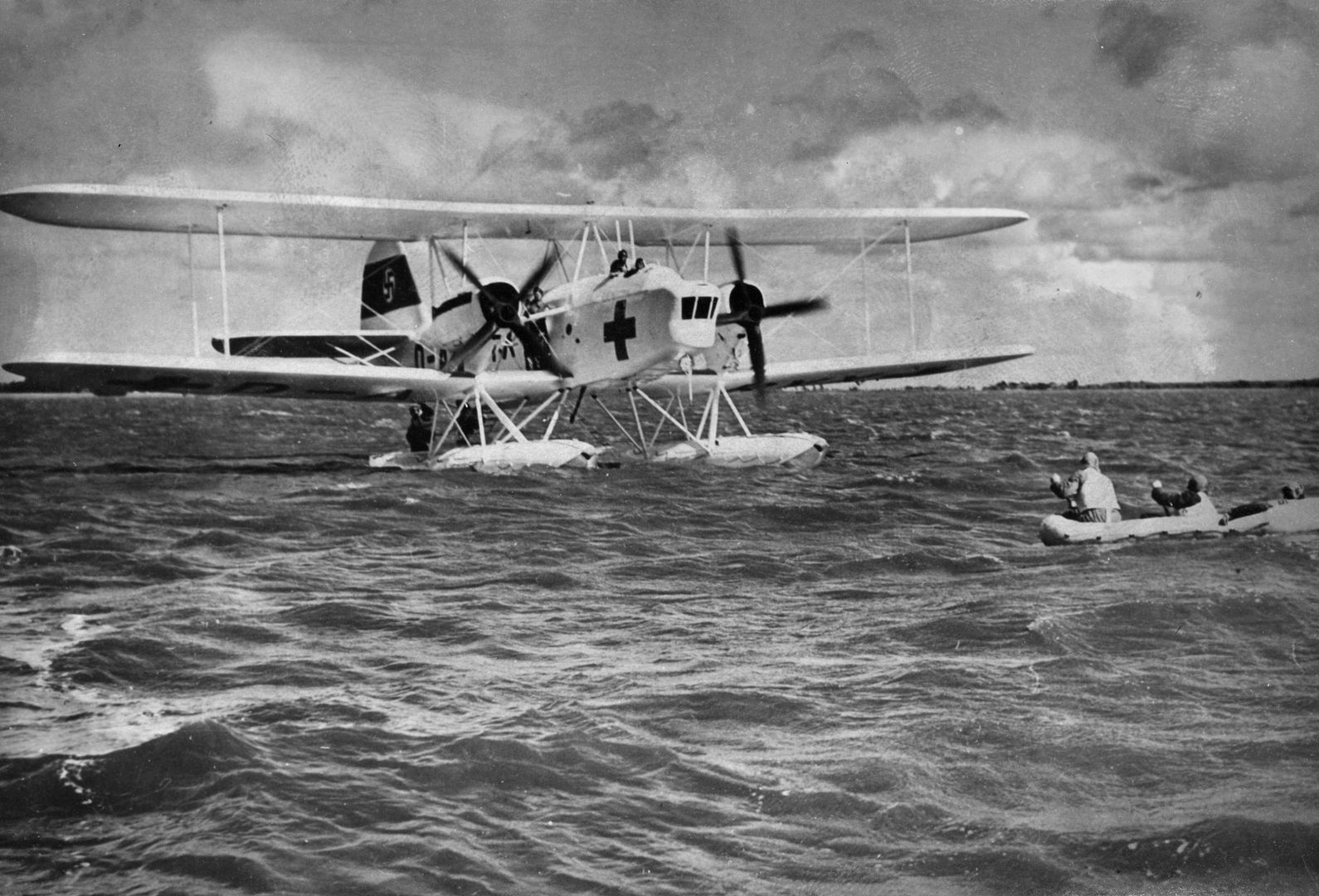

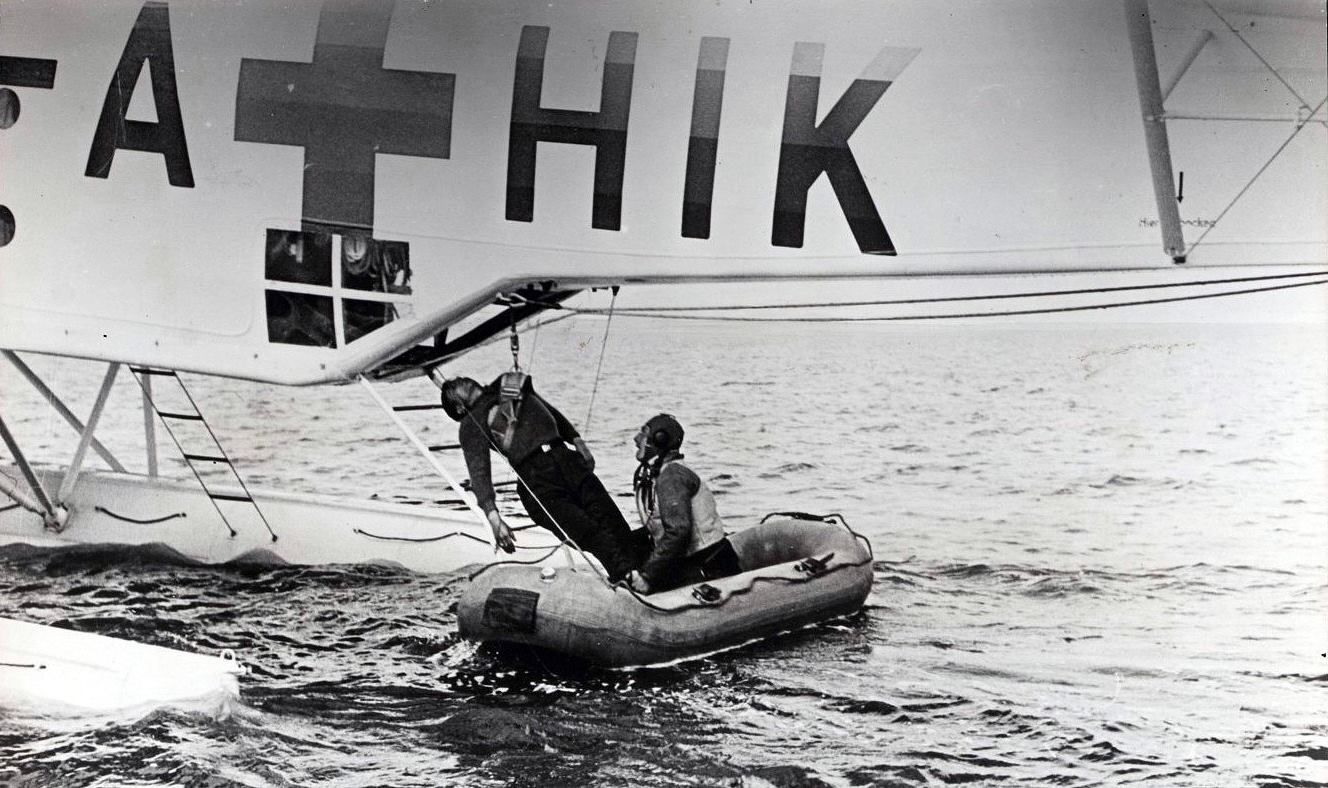
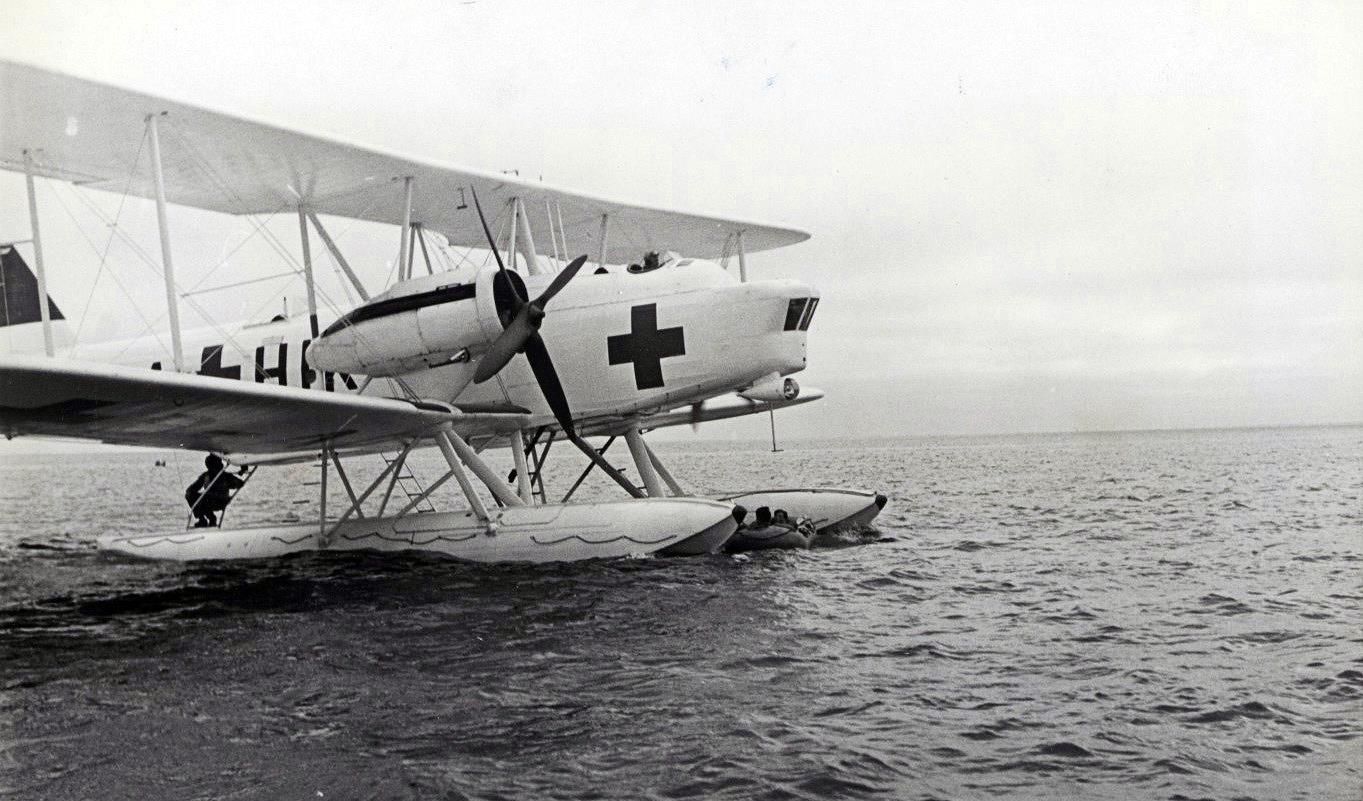
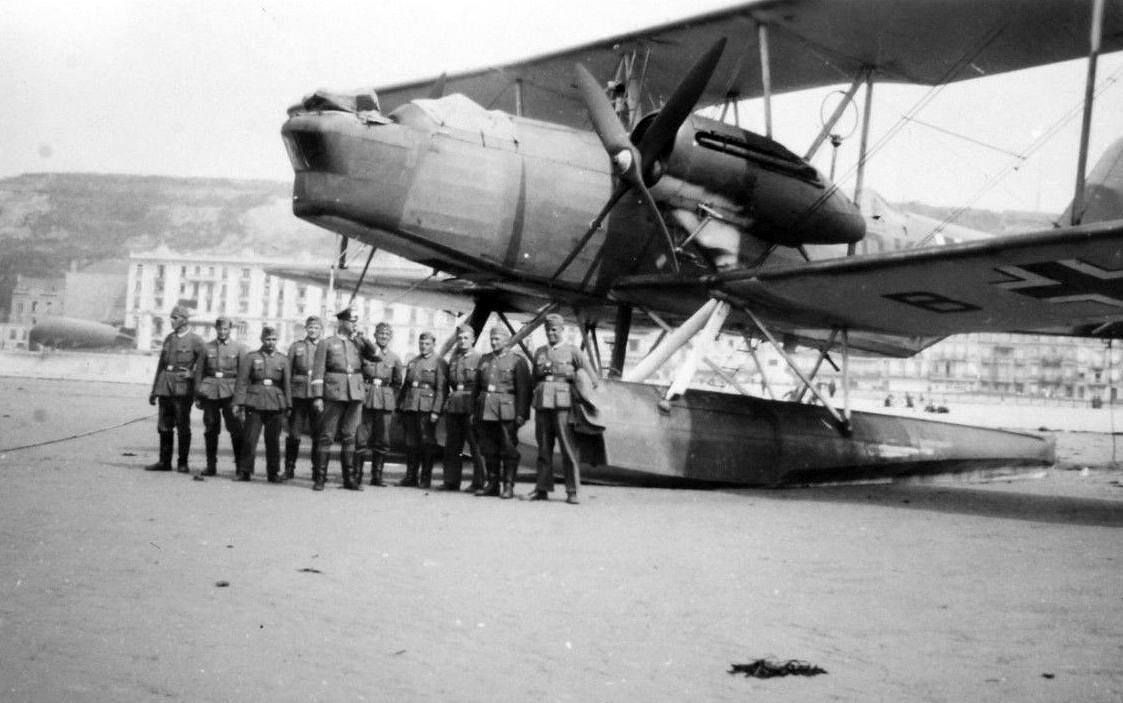
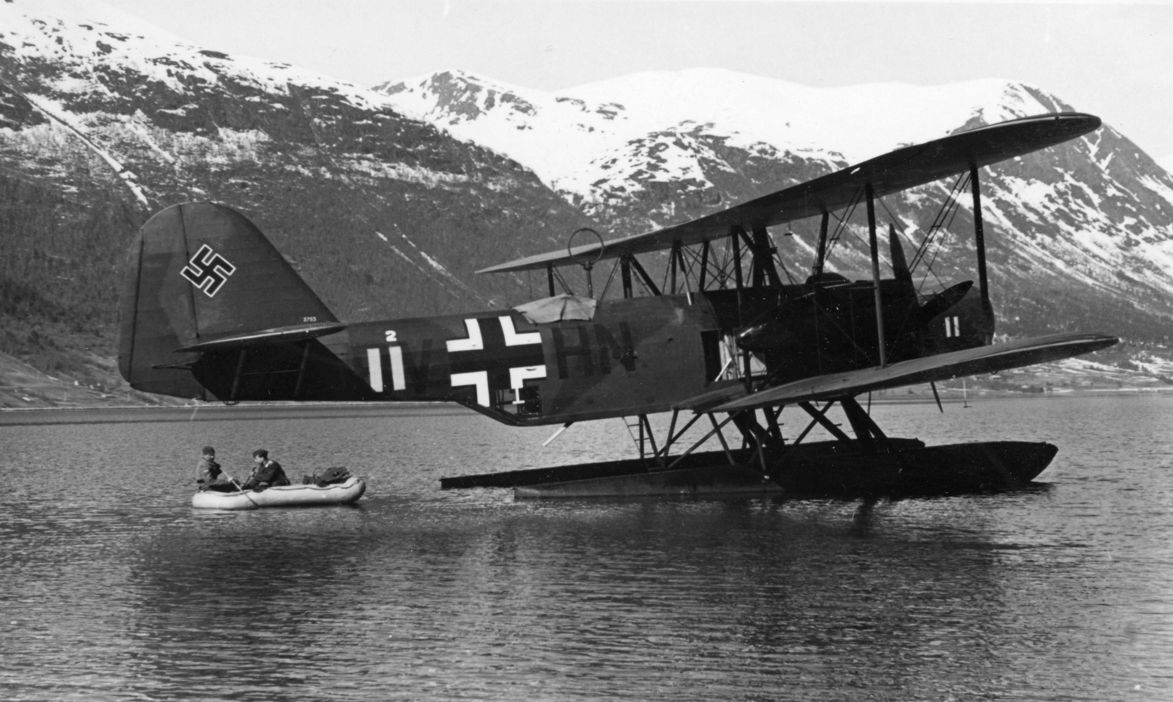
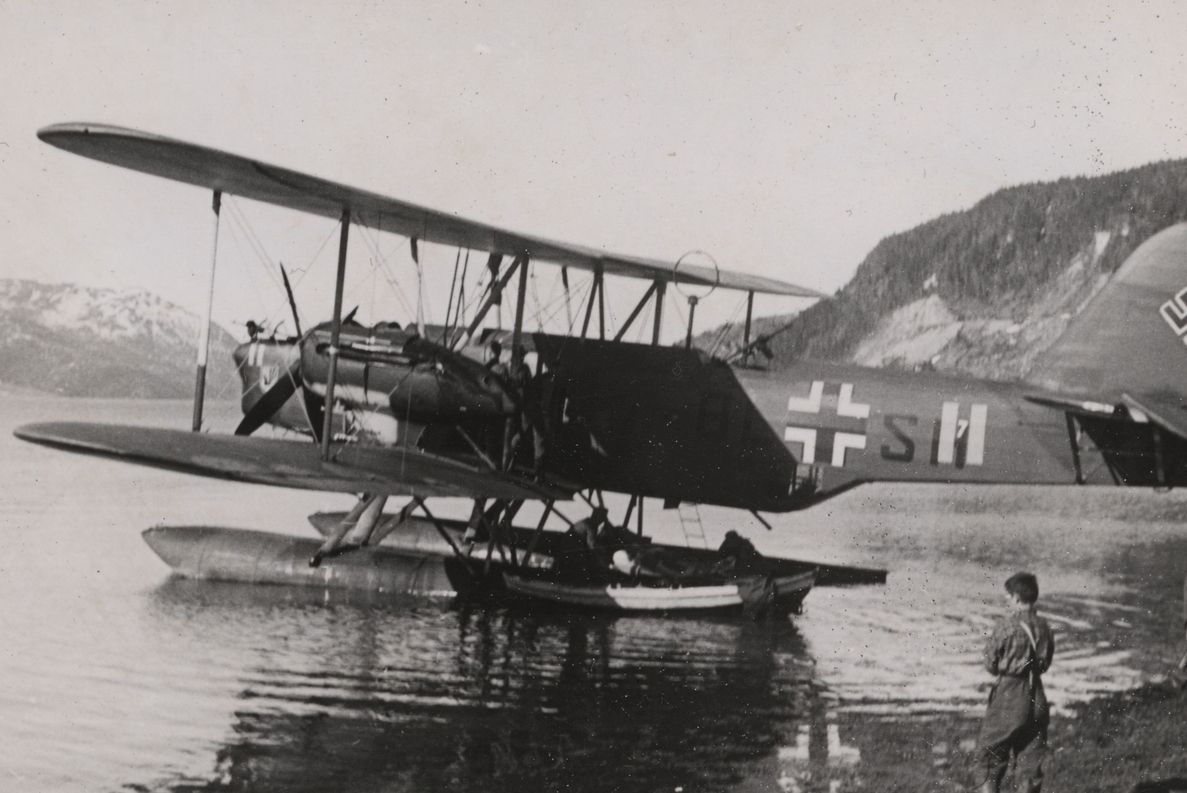


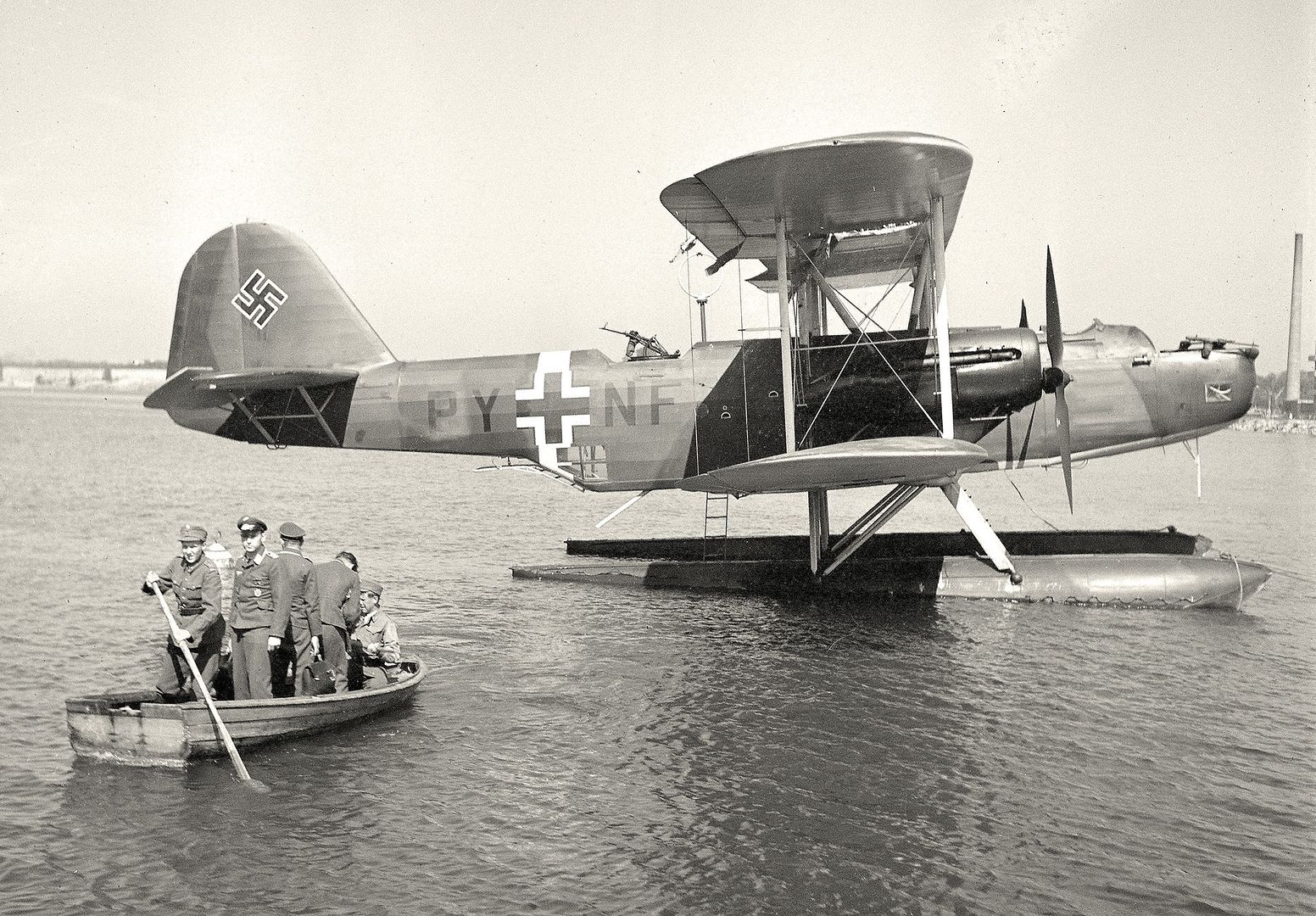
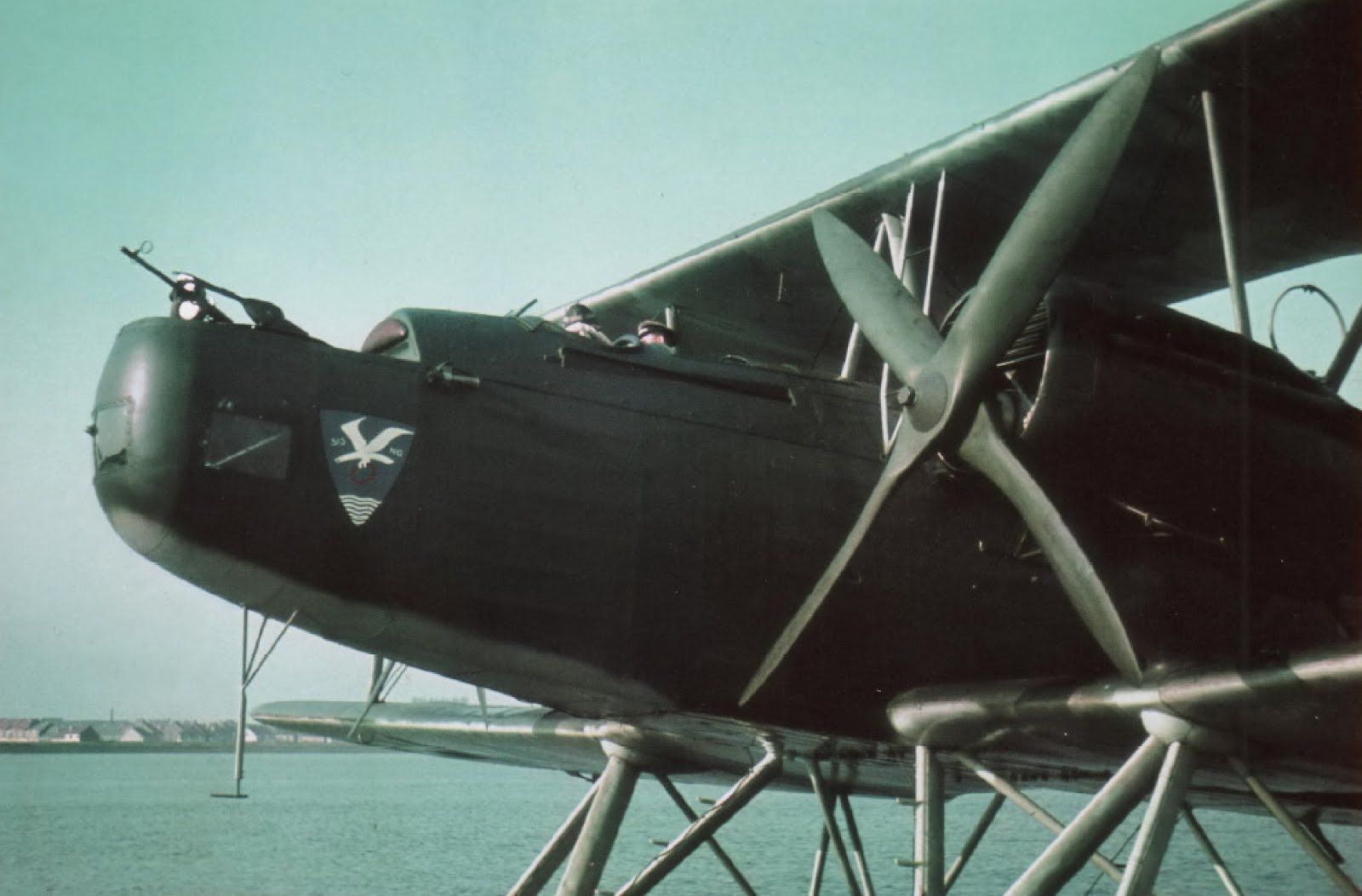
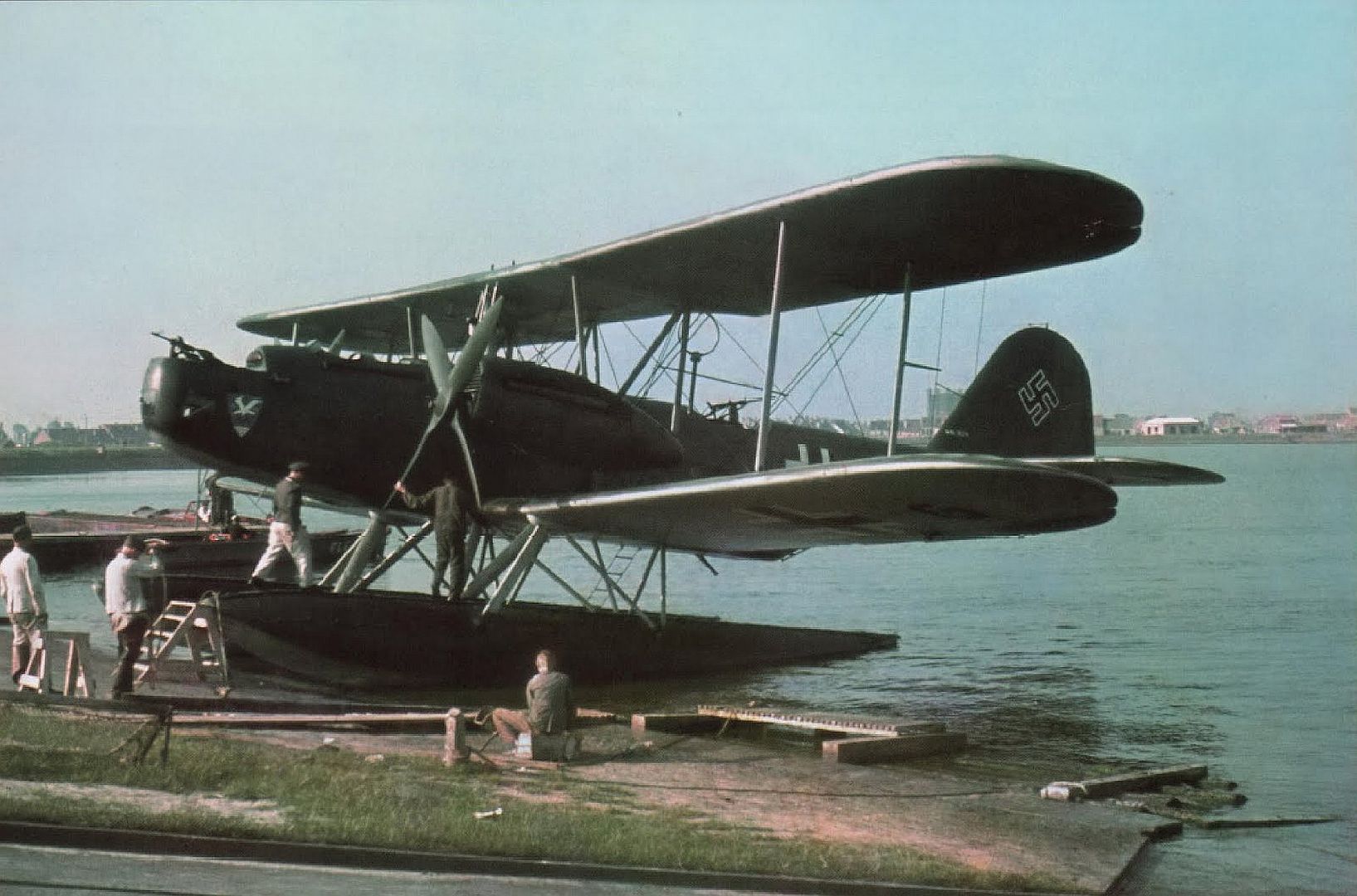
General characteristics
Crew: 4
Length: 17.40 m (57 ft 1 in)
Wingspan: 23.70 m (77 ft 9 in)
Height: 7.10 m (23 ft 3? in)
Wing area: 153.2 m? (1,649 ft?)
Empty weight: 5,010 kg (11,023 lb)
Loaded weight: 9,119 kg (20,062 lb)
Powerplant: 2 ? BMW VI 6.0 ZU water-cooled V12 engines, 492 kW (660 hp) each
Performance
Maximum speed: 221 km/h (119 knots, 137 mph) at sea level
Cruise speed: 185 km/h (100 knots, 115 mph)
Range: 942 km (509 nmi, 585 mi)
Ferry range: 1,530 km (826 nmi, 950 mi) with auxiliary tanks
Service ceiling: 3,500 m (11,480 ft)
Climb to 1,000 m (3,300 ft): 4.7 min
Climb to 2,000 m (6,600 ft): 11.2 min
Armament
Guns: 3 ? 7.92 mm (.312 in) MG 15 machine guns in nose, dorsal and ventral positions
Bombs: 2? 500 kg (1,100 lb) or 4 ? 250 kg (551 lb) or 20? 50 kg (110 lb) bombs or 1 ? 800 kg (1,764 lb) torpedo
Post a reply
- Go to Previous topic
- Go to Next topic
- Go to Welcome
- Go to Introduce Yourself
- Go to General Discussion
- Go to Screenshots, Images and Videos
- Go to Off topic
- Go to Works in Progress
- Go to Skinning Tips / Tutorials
- Go to Skin Requests
- Go to IJAAF Library
- Go to Luftwaffe Library
- Go to RAF Library
- Go to USAAF / USN Library
- Go to Misc Library
- Go to The Ops Room
- Go to Made in Germany
- Go to Campaigns and Missions
- Go to Works in Progress
- Go to Juri's Air-Raid Shelter
- Go to Campaigns and Missions
- Go to Works in Progress
- Go to Skinpacks
- Go to External Projects Discussion
- Go to Books & Resources
